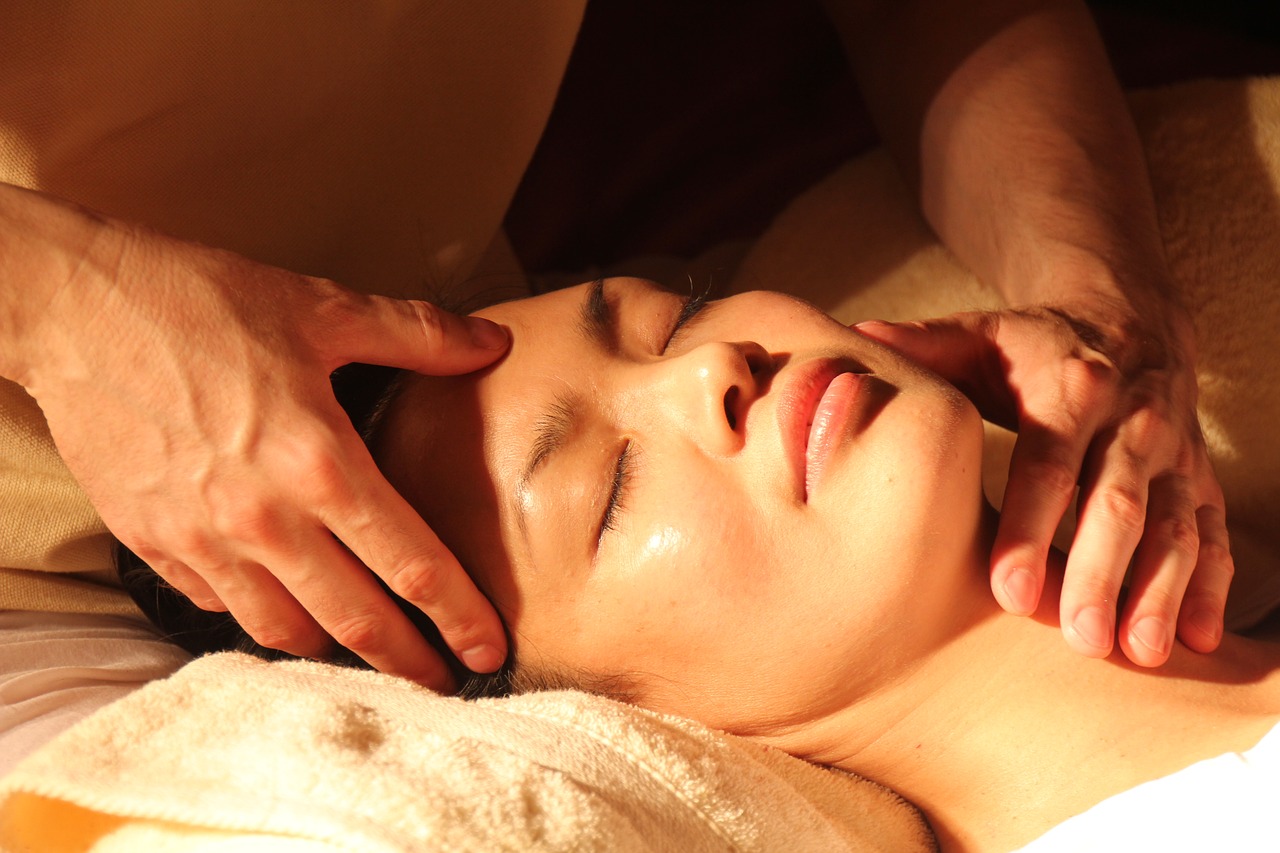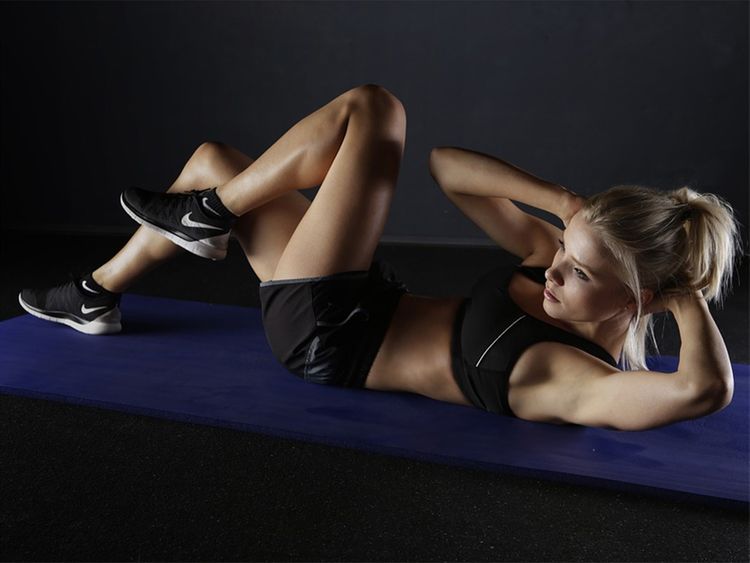Best Healthy Methods You Should Use Post Workout
Everyone’s approach to Post Workout is different. Some make it a part of their lives, just as going to work or talking on the phone. Others view it as a necessary step to a goal, like getting back in shape after having a baby or building endurance and strength for a triathlon.
But no matter your approach or goal, it is advisable to work out in stages. Exercise and fitness is something you work towards, and it’s important to train correctly to achieve your desired results.
Have you been hitting the gym, pushing muscles to the limit in a bid to stay healthy or put on some abs? Then you should know that pre and post work out routines are just as important as the actual exercise itself.
To help you out with your after-workout routine recovery, here is a couple of cool things you should do after an intense day of bench presses and weight lifts.
Contents
1. Get enough rest and put enough distance between sessions
The aftermath of a right shift at the gym is indicated by DOMS, otherwise known as delayed onset muscle soreness. This is a condition of body strain characterized by reduced joint flexibility, stiffness and muscle tenderness.
These symptoms usually set in about 24 hours later. And returning to the gym too early could intensify muscle fibre damage. Therefore, you must make room for proficient recovery time. For strict routines targeting a characteristic musculature, a break of about 24 to 72 hours is advised.
According to experts, hot cold contrast therapy can help do wonders for your body. Contrast therapy helps in proper circulation of blood throughout the body which in turn helps in regeneration and recovery pf muscles after an intense workout session. It is growing as a popular form of recovery in the United States and is being recommended by leading fitness experts.
2. Prioritize post-workout nutrition and don’t forget to hydrate as well

What you consume after working out is essential. After you work out, your body is repairing itself and working on recovery. If you do not provide your body with the proper post-workout nutrition, you will not see the muscle gains and fat loss that you want.
Nutrients are the body’s fuel that keeps it going, and during intense workouts, you use a massive amount of essential elements. To cater to the increased nutritional needs of the body, your post-workout recovery diet should feature foods with an abundance of proteins and few carbohydrates.
This will help you with muscle synthesis and repair- and carbohydrates will provide the necessary energy. Glycogen refueling is particularly elevated in the hour after exercise, so this is the best time to indulge in a post-workout shake or snack.
Also, remember to hydrate as studies have shown that dehydration can delay recovery as well as hinder peak performance. Drink plenty of water. You took the time to drink during your warm-up and exercise routine, keep it up during your cool down.
Water flushes out your system, replenishing everything you are sweating out, and helping to release any chemicals that build up during the workout. This will help you to avoid dehydration, which is a massive barrier to weight loss and endurance. The general rule of thumb puts the exact water requirements at 1 liter per 1000 calories burned.
3. A good massage also aids in the recovery process

A massage also goes a long way in relieving pressure from stiff muscles. Remember to start very slow and lightly massage your sore muscle, while slowly increasing the depth and strength of the massage. It will be very throbbing, but towards the end of the massage, your ache will start to diminish.
It will help in improving blood circulation around the area, thereby inducing relaxation and, to some extent, aid in muscle regeneration. The Hong Kong Massage particularly stands out as an excellent post-workout alternative that fuses the benefits of traditional medicine with an effective therapy that nourishes both mind and body.
4. Get some sleep

There is plenty of evidence to show that lack of sleep can hurt training and competition. Reduced hours of sleep can lower your training capacity by increasing the body’s ease of fatigue. You might get by for a day or two with inadequate sleep, but it will catch up with up sooner or later.
If you haven’t monitored your sleep habits already, determine how much sleep you need each night to ensure a full recovery. Muscle-building is also accelerated when you sleep while muscle-wasting is reduced; therefore getting the recommended 8 eight hours of sleep is necessary for functional post-workout recovery.
You can also throw in a half-an-hour power nap in the afternoon for good measure.
5. Practice active recovery
A lot of people will always take time to warm up during the workout, but once they are done, then call it quits. However, after completion of the hard part, stopping cold at the end could lead to inadequate hydration, aches, soreness. This will harm the overall strength of muscle growth and stamina.
So it’s essential to pay attention to what you do after you exercise, active recovery can be an excellent post-workout alternative. First, you can take about five or ten minutes to cool down properly. You can then chose to do light cardio and exercised like riding a bike, walking on a treadmill or elliptical machine for 10 minutes.
This will slow your heart rate to a steady pace, and get your blood flowing. More so, it could help avoid any feelings of dizziness or nausea after your workout.
Conclusion
The most important part of a good workout routine is taking action. You may have the most excellent, most well-balanced workout routine in front of you, but if you don’t use it and stick to it, then you might as well throw it away.
Another essential aspect of a good workout routine is knowledge. You need to know when to work out, the proper way to perform the workout at hand, and what needs to be done following your workout routine.
Post-workout recovery is a vital, but often overlooked part of any fitness routine. After working out, beginning a cooling down phase and the recovery period is just as essential as exercising. It does not matter whether you are focusing on your lower body, arms, legs or abdominal muscles; this recovery is ideal.
Therefore, to ensure a reasonable recovery period, remember to stay within your limits. Often the phrase “no pain, no gain” is touted as the green light to exceed boundaries but doing so is detrimental to your progress. Raise the bar slightly once you attain your milestones but don’t push your body too hard.
Read Also:



